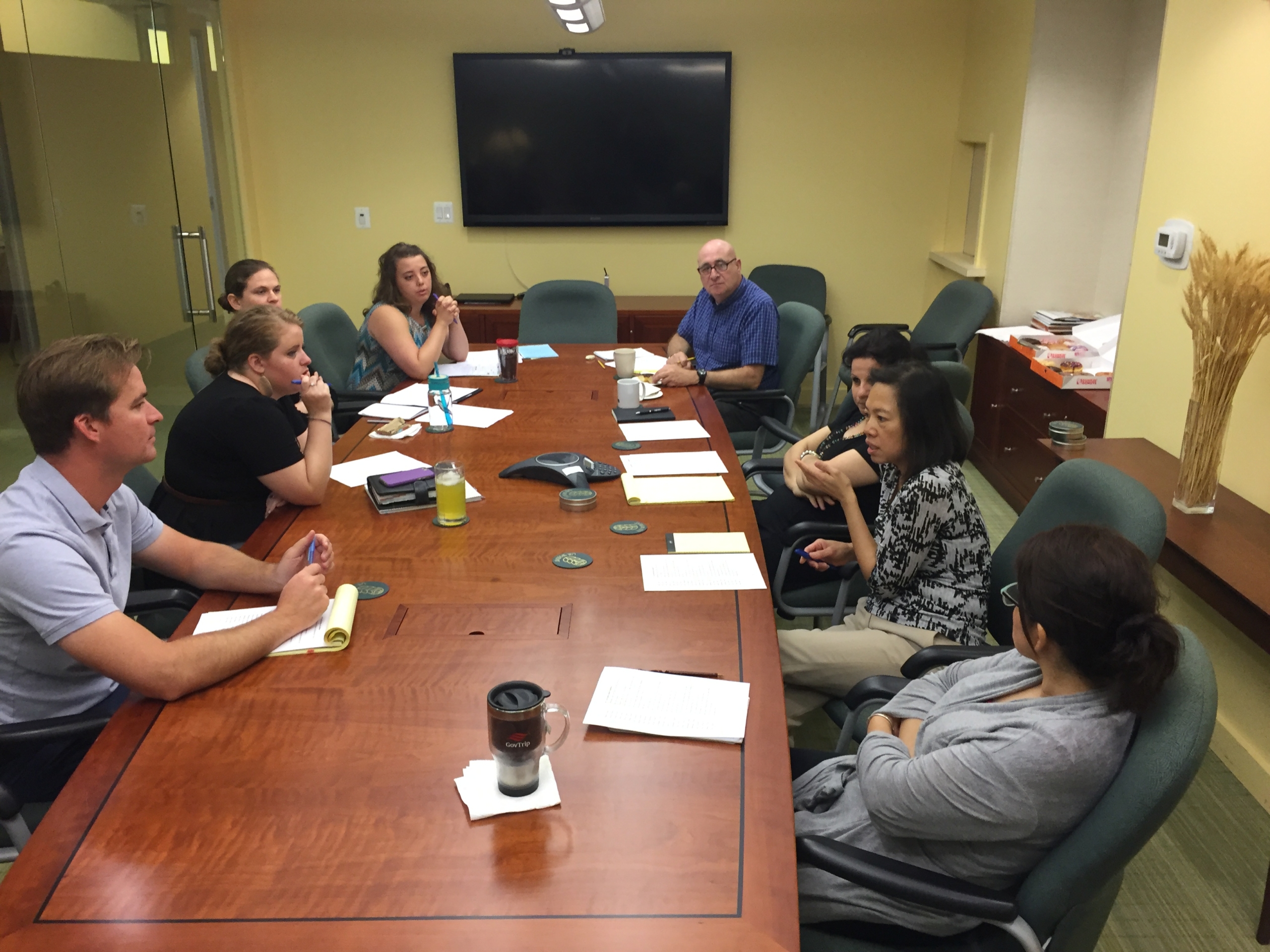Essential Wheat Crop Quality Analysis is Underway
Because no two crops are alike, the world’s flour millers, bakers and wheat food processors must have some assurance that the wheat they buy will meet their needs. That is why U.S. Wheat Associates (USW) and its partner organizations collect and analyze samples of all six classes of U.S. wheat, compile results and share that data around the world every year.
Legacy organizations to USW first identified the need to quickly gather and share new crop data more than 55 years ago. Now, wheat farmer checkoff dollars and Market Access Program (MAP) funding are invested to publish a complete picture of each year’s harvest. This commitment to transparency offers confidence in the data that, together with the trade service and technical support also funded by USDA Foreign Agricultural Service programs, helps differentiate U.S. wheat exportable supplies.
USW works with several wheat quality organizations to collect, grade and analyze thousands of wheat samples from local elevators and sub-lot samples from export elevators. Sampling begins with early winter wheat harvest and continues until the U.S. hard red spring (HRS) and northern durum harvests are complete, usually by early October, although if warm, dry conditions continue, that end may come early this year. The data is compiled by class and by production region with the soft red winter (SRW) class report coming first, followed by other individual class reports and a complete USW Crop Quality Report by late October. All reports are published on www.uswheat.org. The Crop Quality Report is also printed as a booklet in English, Spanish, French, Arabic and Mandarin.
USW then sends teams of its colleagues, farmers and wheat quality experts out to present that year’s data to its buyers. By mid-December, USW has presented the latest characteristics for all six U.S. wheat classes to hundreds of buyers, millers and processors in more than 25 countries. Buying decisions are made because of this effort; some are acted upon quickly. For example, with information they learned at USW’s 2015 Crop Quality Seminar, millers in Portugal imported HRS for the first time in three years.
U.S. wheat crop quality data extend what our farmers produce into competitive business information customers need. Without funding from farmers through their state wheat commissions, the MAP, and the support of federally-funded inspection and quality analysis labs, this essential service to overseas customers would not be possible.


